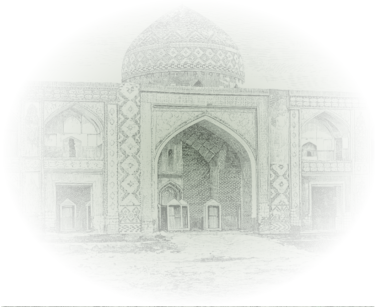Aghkilsa is a village in the Novo-Bayazid uezd of the former Iravan governorate, later in the former Basarkechar (Vardenis) district, and currently in the Gegharkunik province. The provincial centre lies 86 km to the southeast of the town of Kavar (Gavar), by the Garamasuyu River, at a height of 2050 m above sea level. It was marked in “The Iravan Province Review Book”, on the five-verst map of the Caucasus.
The village was inhabited by 263 Azerbaijanis in 1873, 321 in 1886, 389 in 1897, 173 in 1908, 515 in 1914 and 443 Azerbaijanis in 1916. In 1918 the Azerbaijanis were driven out of the village having been exposed to massacre by Armenians. The Azerbaijani survivors managed to return to their village, after Soviet power had been established in the present-day Armenian territory in 1920. The village was inhabited by 198 Azerbaijanis in 1922, 244 in 1926, 307 in 1931, 276 in 1959 and 448 Azerbaijanis in 1979. In 1988 the Azerbaijanis were ousted from their historical-ethnic land by the Armenian state.
There is an Alban church attributed to the 11th-13th centuries in the village. The old settlement 2-3 km above the village and the remnants of the cemetery testify to the antiquity of the area. Proceeding from these historical monuments, one can state that the village belongs to the 2nd-3rd centuries.
The name of the village originated from the Alban church there. The toponym consists of the word “agh” denoting ‘colour’ and the word “kilsa” used to denote the religious temple.
By the decree of the Presidium of the Supreme Soviet of the Armenian SSR dated 3 January 1935, the village was renamed “Azad”. According to the law “On the administrative-territorial division of the Republic of Armenia” dated 7 November 1995, it was integrated into the administrative area of the Gegharkunik province.
Geographic coordinates: latitude: 40°11’ N., longitude: 45°52’ E.
